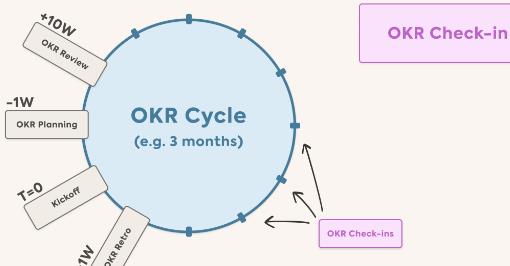What Is the Typical Time Frame for Long Term Goals?
Long term goals are pivotal for achieving significant milestones in both personal and professional life. Understanding the typical time frame for these goals is essential for strategic planning and setting realistic expectations. This article explores the common durations associated with long term goals, supported by data and examples, to provide a comprehensive understanding of their scope and impact.

Defining Long Term Goals
Long term goals are objectives that require extended periods to accomplish. They involve significant planning, commitment, and continuous effort. These goals often transcend the immediate and short-term scopes, aiming for outcomes that fundamentally alter one's personal, professional, or financial status.
Typical Duration of Long Term Goals
1. Career and Educational Goals
- Examples: Achieving a professional degree, becoming a C-level executive.
- Time Frame: 5 to 10 years or more.
- Rationale: Advanced degrees like a Ph.D. or achieving a high-level executive position requires years of education, experience, and professional development.
2. Financial Goals
- Examples: Achieving financial independence, saving for retirement.
- Time Frame: 10 to 30 years.
- Rationale: Building sufficient savings and investments to support retirement or financial independence typically requires decades, factoring in investment growth, compound interest, and economic fluctuations.
3. Personal Development Goals
- Examples: Mastering a new skill or language, significant personal transformation.
- Time Frame: 5 to 20 years.
- Rationale: Profound personal changes or acquiring mastery in complex skills often require sustained effort over many years to achieve desired proficiency and integration into daily life.
Factors Influencing Time Frames
Several factors can affect the duration needed to achieve long term goals, including:
- Complexity of the Goal: More complex goals generally require longer time frames due to the depth of commitment and learning involved.
- Resources Available: Access to necessary resources, such as funding for education or investments, can accelerate or delay progress.
- Personal and External Circumstances: Changes in personal health, economic conditions, or family responsibilities can impact timelines.
Planning and Adjusting Goals
Effective goal setting involves not only defining the goal and its timeline but also regular reviews and adjustments. This adaptive approach helps accommodate changes in personal circumstances or external environments, ensuring that long term goals remain relevant and achievable.
Why Long Term Goals Time Frame Is Crucial
In summary, long term goals typically span from five to over thirty years, depending on their nature and complexity. Understanding and planning for these time frames is crucial as it provides a structured roadmap that guides individuals and organizations towards substantial achievements. Long term goals are not just about reaching a destination; they are about the journey and the transformation that occurs along the way. Establishing clear, realistic time frames for these goals facilitates better planning, fosters motivation, and enhances the likelihood of achieving the desired outcomes, contributing to overall success and fulfillment.